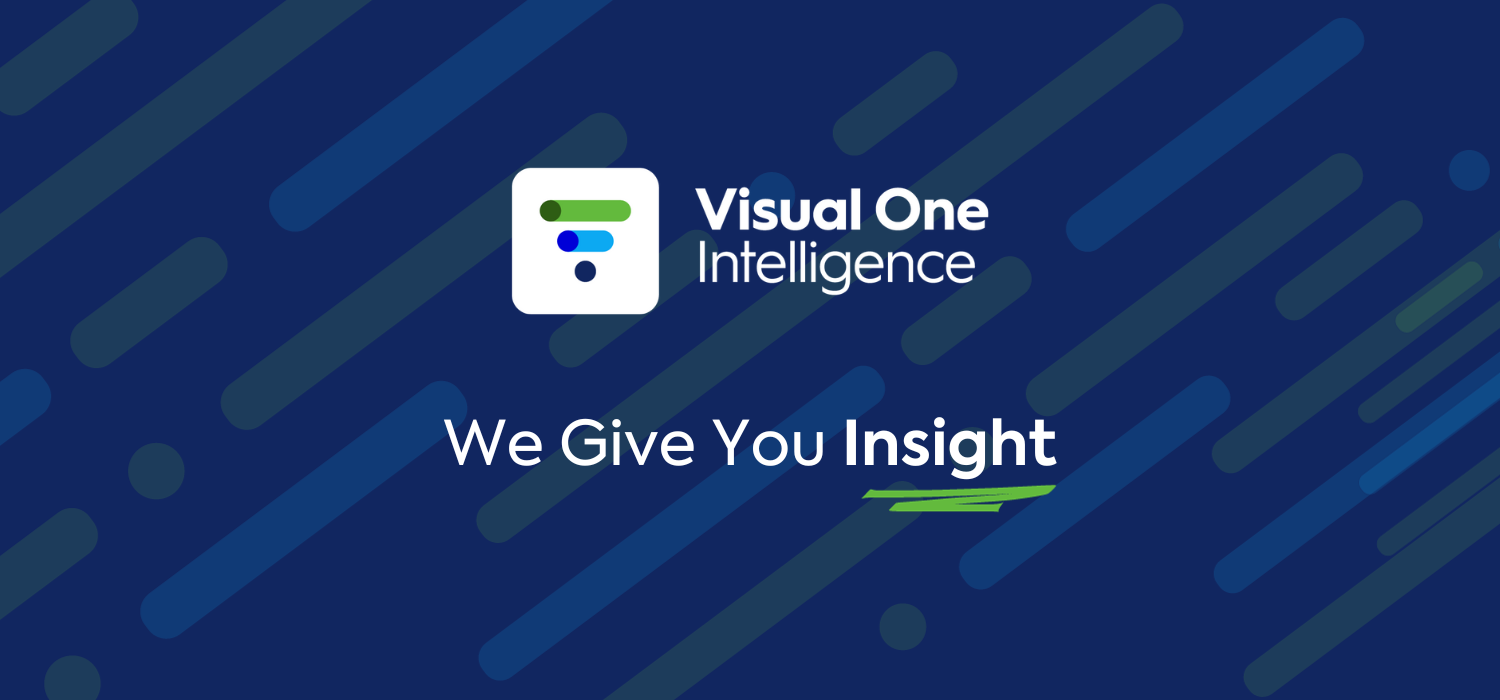Share this:
The survey of over 300 IT infrastructure & operations professionals in the US also identified correlations between observability & productivity as well as risks to employee satisfaction.
Visual One Intelligence®’s 2024 IT Infrastructure Outlook survey shows that IT infrastructure teams’ top priorities in 2024 are directly focused on reducing VMware dependency while moving on-prem workloads to the cloud – with greater cost efficiency than in the past.
Surveying 315 IT infrastructure & operations professionals in the United States, spanning across industries and organizational sizes, the report finds that teams’ biggest priorities for 2024 are:
- Reducing dependency on VMware;
- Migrating from on-prem to cloud infrastructure;
- Reducing cloud costs.
Goals such as reducing downtime, consolidating tools, and securing unstructured data remained important but ranked lower on teams’ list of priorities.
Why These Three Infrastructure Priorities?
The biggest priority – reducing VMware dependency – comes as no surprise in light of Broadcom’s changes to licensing and subscriptions since acquiring VMware in 2023. Analysts such as Forrester expect 20% or more of current VMware customers to head for the doors in 2024.
What’s less clear is where they will go instead. But one likely alternative for many organizations is cloud infrastructure, which is the #2 priority for teams as they continue transitioning on-prem storage to the cloud.
And as cloud infrastructure matures, improving cost efficiency is only becoming more important. One recent 2024 report found that controlling cloud costs has even overtaken cybersecurity as the top cloud objective for IT teams.
“Organizations of all sizes recognize the infrastructure landscape is changing,” said Phil Godwin, President & COO of Visual One Intelligence®. “That requires strategic pivots to new platforms and new skills like FinOps.”
That’s why “teams need reliable ways to enhance ROI and compare their current costs to potential lower costs on other platforms,” Godwin added.
“In order to do that in environments with multiple vendors and hybrid platforms, high-quality observability will be more important than ever.”
Better Observability, More Productivity, Happier Employees
To that end, the survey also revealed correlations between observability and productivity by showing significant levels of productivity loss among respondents who said they spend too much time collecting and organizing data.
Notably, spending time on reactive / tactical work also correlated with role overload, whereas respondents with enough time to achieve what is expected in their role reported statistically significant levels of job satisfaction.
“Teams with less insights into their hybrid infrastructures seem to have less productivity, more stress, and less satisfaction,” said Godwin, “whereas more visibility leads to more success and satisfaction.”
Results remained steady across small-to-midsize organizations as well as enterprises, with midsize organizations (500-999 employees) showing the strongest correlations.
Other Findings
Unsurprisingly, the survey found that participants who engaged in job-related computer work during family time also reported higher levels of cognitive depletion (ie: reduced mental energy and resources).
Moreover, cognitive depletion itself correlated with overall job withdrawal (including not showing up for work and other pre-quitting behaviors).
Potential recommendations for IT infrastructure and operations employers include:
- Setting clear boundaries between time on-the-job and time at home (regardless of whether or not employees work remotely) in order to enable employee success.
- Fnding ways to automate time-consuming manual tasks and reporting in order to prevent cognitive depletion and enhance productivity.
Visual One is Here to Help
Visual One conducted the third-party survey shortly after launching our most comprehensive product yet and rebranding as Visual One Intelligence®.
The timing couldn’t have been better, because the updates we released last November directly address all three top priorities identified in the survey.
Our virtualization and compute analytics unify insights across vendors (including VMware, Nutanix, other VMware competitors, and containers) so you can prepare for – and continue monitoring after – reducing VMware dependency. (See how we compare with SANnav.)
Whether moving from VMware or on-prem storage, journeys to the cloud are easier and more efficient with Visual One Intelligence®’s cost comparison and right-sizing tools. These empower users to compare current workload costs with their likely costs on a new platform (before making migration decisions), as well as helping to optimize workloads before and after migration.
And improving cloud value is easier with Visual One’s cloud and VM analytics, with features such as alerts for unexpected cloud spending, identification of wasted space, and forecasting to plan more accurate cloud tiering and contracts.
Want to see more? Check out a demo to see for yourself.
You can view the entire 2024 IT Infrastructure Outlook report here.






